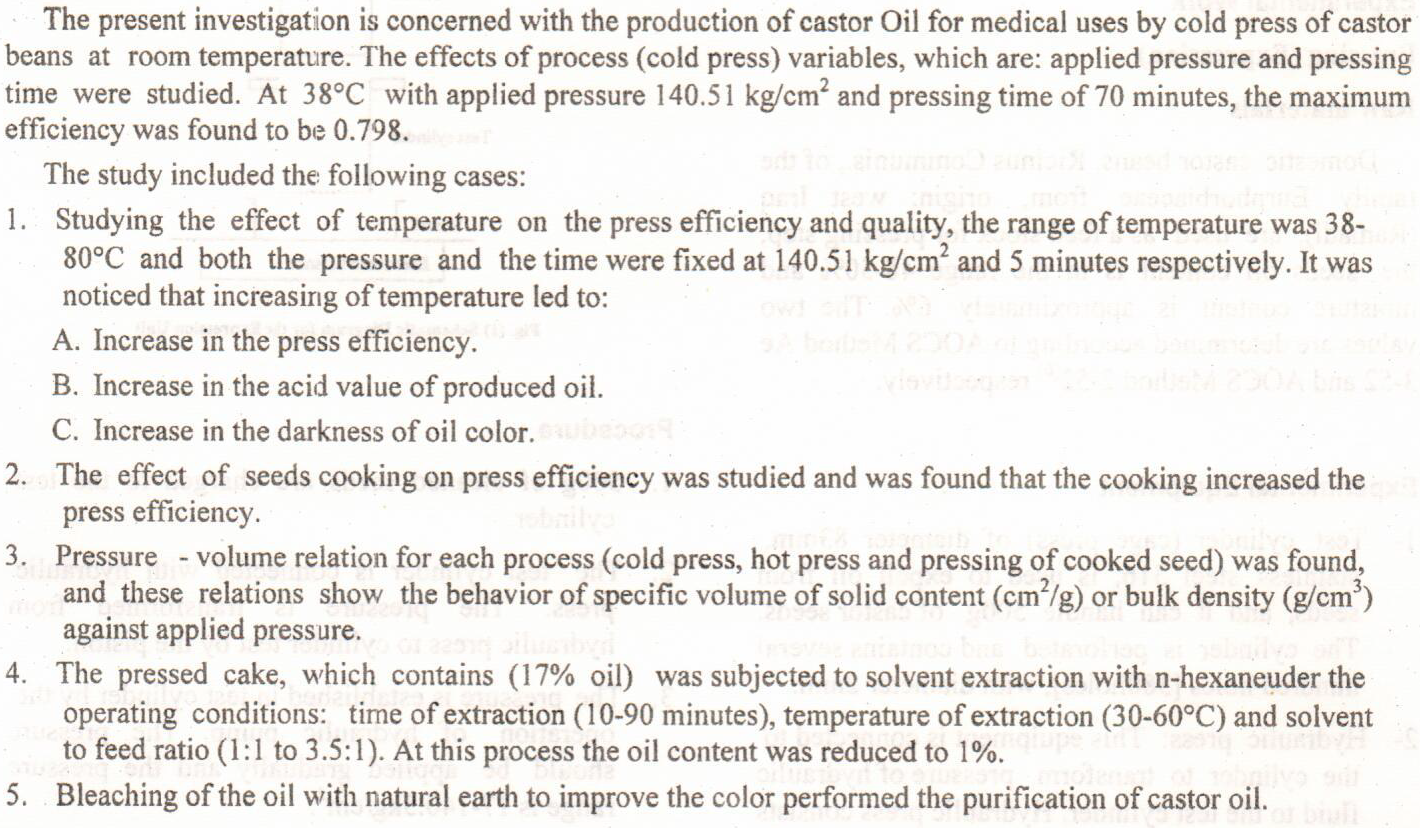
Physicians are infrequently selected to serve in the yearlong role of Jefferson Science Fellow (JSF) as senior science advisor for the US Department of State or the United States Agency for International Development. The authors discuss the role of a JSF in promoting “science diplomacy” from the perspective of one alumnus, who sites examples of ongoing, long-term collaborative projects including one focusing on medical education reform in Iraq that would not have been possible without the JSF program. More than 3 decades of political and social unrest, terrorism, the internal displacement of millions of Iraqi citizens, the arrival of Syrian refugees, international sanctions, and the effect of fluctuating oil prices that fund education i
... Show More (2)
(2)
It is well- known that the distinguished scholastic journal is a crucial cornerstone, which contributes to the scientific integrity of a particular academic institution. The establishment of the Al-Kindy College of Medicine (AKCM), University of Baghdad, in 1998 urged the need to issue Al-Kindy College Medical Journal (KCMJ).
Ultrasound is a mechanical energy which can generate altering zones of compression and rarefaction along its path in the tissues. Ultrasound imaging can provide a real time screening for blood and multiple organs to aiding the diagnostic and treatment. However, ultrasound has the potential to deposit energy in the blood and tissues causing bio effects which is depending on ultrasound characteristics that including frequency and the amount of intensity. These bio effects include either a stable cavitation presented non thermal effects or inertial cavitation of harmful effect on the tissues. The non-thermal cavitation can add features in diagnostic imaging and treatment more than the inertial cavitation. Ultrasound Contrast agents are a micro
... Show MoreProblem: Cancer is regarded as one of the world's deadliest diseases. Machine learning and its new branch (deep learning) algorithms can facilitate the way of dealing with cancer, especially in the field of cancer prevention and detection. Traditional ways of analyzing cancer data have their limits, and cancer data is growing quickly. This makes it possible for deep learning to move forward with its powerful abilities to analyze and process cancer data. Aims: In the current study, a deep-learning medical support system for the prediction of lung cancer is presented. Methods: The study uses three different deep learning models (EfficientNetB3, ResNet50 and ResNet101) with the transfer learning concept. The three models are trained using a
... Show More (10)
(10)
 (7)
(7)
act : A soluble cytoplasmic antigen (Brucellin) was prepared from Brucella melitensis Rev1 and used to diagnose brucellosis in experimentally infected mice with virulent strains of Brucella melitensis and Brucella abortus two weeks after infection. The best result was obtained with the third peak of the four peaks. All four peaks were used as antigen for skin test in a group of mice two weeks after vaccinated with S19 vaccine and the best result was obtained with third peak. All four peaks were also used as antigen for skin test in a group of mice previously vaccinated with Listeria monocytogenes live attenuated vaccine. All four fractions of the extracted brucellin antigens exhibited a negative skin test result in Listeria monocytogenes ex
... Show MoreIn this work, production of silicon metal at high purity of 99% by using Iraqi–starting materials (Iraqi sand and plant coal)was reported, electric arc–furnaces assembly was manufactured inside, the graphite electrodes were made from graphite scrap, this system is operate to produce about 800 gm /6hr of silicon metal to meet the need for manufacturing silicon oils, resins, solar cells, and electronic parts. The procedure, equipments and analysis data were described as well.
Process capability provides a quantitative measure for gasoline production conformance to specifications.It was measured throughout four consecutive months of the last quarter of 2011. Results revealed high percentages (up to 44%) of non conforming gasoline blends to Iraqi marketing specifications for petroleum products (2000) by inspecting 122 different samples of Iraqi regular gasoline (RON 85).
Quality cost analysis as an important financial control tool was carried out to evaluate Cost of Quality (COQ) which was large due to non conforming gasoline reached up to (722.8 M.ID) in October. In this research COQ was investigated in order to identify the opportunities of gasoline quality improvements through production process. Also cus
Protease enzyme production was studied and optimized as a first step to collect information about solid state fermenter) to produce protease enzyme. A local isolated Aspergillus niger was used for this study with constant spores feeding in every experiment at (105/g). Experiments carried out in conical flasks with (250 ml) containing (10 g) of wheat straw as a substrate with different conditions included temperature, pH, hydration ratio, and fermentation time, the results comprised by measuring protease activity (u). The results showed that the best activity can be obtained at (T = 32°C, t= 100 hrs, pH= 2.5 and hydration ratio is 1:3). On the other hand the results is courage to p
... Show More
